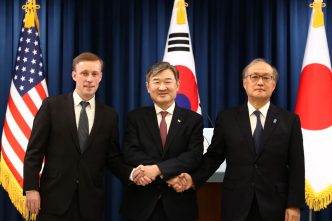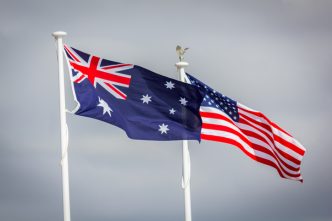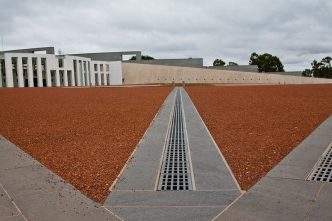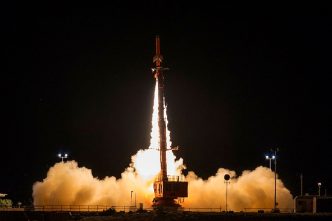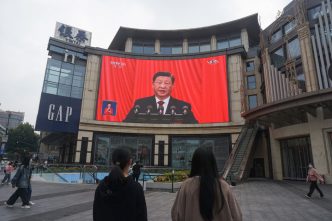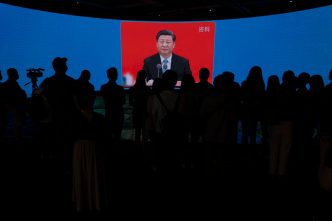The Presidential debate last week was tough viewing. In the aftermath of President Joe Biden’s faltering performance, and the Supreme Court’s favourable ruling on Donald Trump’s immunity claim, Australia needs to supercharge its planning, because …
NSW Police Commissioner Karen Webb has said it was ‘obvious’ that the Bondi shopping centre killer, Joel Cauchi, was targeting women. The Victorian town of Ballarat is reeling after three women were murdered within a …
Originally published on 18 December 2023. The world is less stable and less predictable than it has been in generations, marked by profound and disruptive change, with the unsettling promise of more to come. The …
The world is less stable and less predictable than it has been in generations, marked by profound and disruptive change, with the unsettling promise of more to come. The Middle East has been rocked by …
Australia’s foreign policy and place in the world have long been considered the domain of diplomats, defence officials and national-security decision-makers in Canberra. There are no departments of foreign affairs or defence, or intelligence agencies, …
The Chinese Communist Party has a long history of engagement with criminal organisations and proxies to achieve its strategic objectives. This article provides new evidence of the development of a CCP-linked influence-for-hire industry operating in Southeast …
Anyone watching some of the recent testimony of the technology companies appearing before Australia’s Senate Select Committee on Foreign Interference through Social Media could be forgiven for thinking Australians and our public discourse are not …
Much of the AUKUS discussion to date has focused on Pillar 1, the trilateral effort to support Australia acquiring conventionally armed, nuclear-powered submarines. Yet achieving Pillar 2, the technology programs, is arguably both of greater …
As Australia’s foreign and defence ministers and the US secretaries of state and defence prepare to meet for the annual AUSMIN consultations, ASPI has released a collection of essays exploring the policy context and recommending …
Graphic online depictions of sexual assault, homophobia and racist imagery (sometimes involving Australian lawmakers) and life-threatening intimidation (including calling for targets to kill themselves) are a growing part of the Chinese Communist Party’s toolkit of …
After nearly four years, the new government has reinstalled a dedicated minister for cybersecurity. Clare O’Neil will hold the reins, as well as running the (now slightly shrunk) mega-portfolio of Home Affairs. During the period cybersecurity has …
The Chinese Communist Party has a problem with women of Asian descent who have public platforms, opinions and expertise on China. In an effort to counter the views and work of these women, the CCP …




